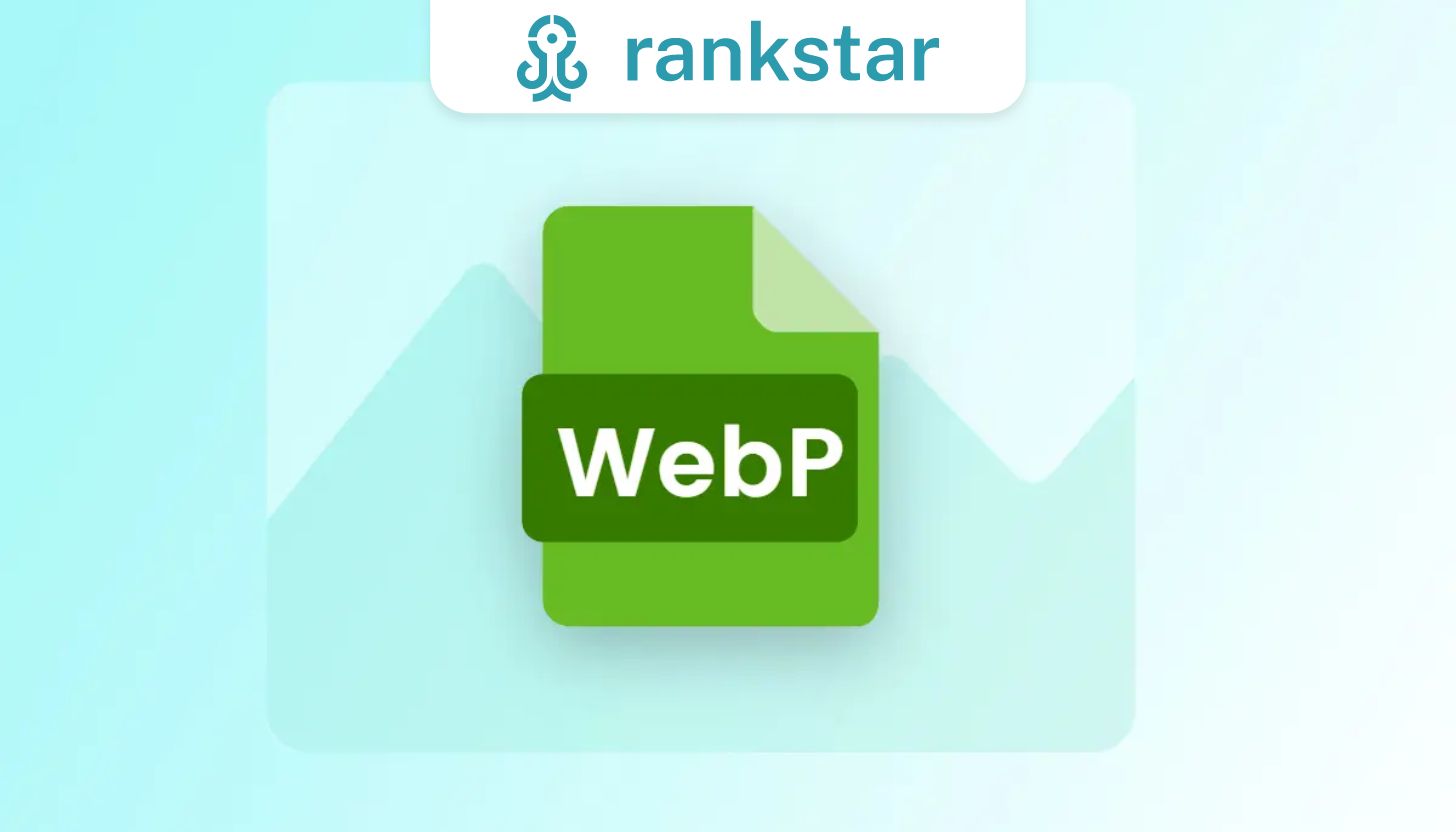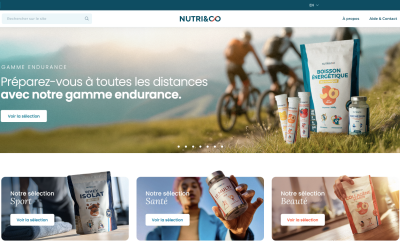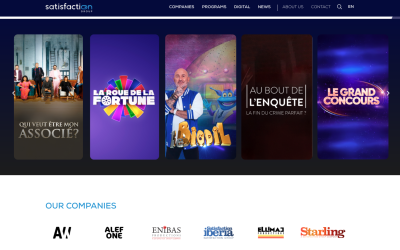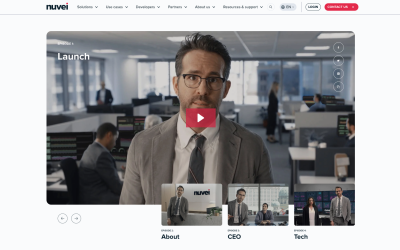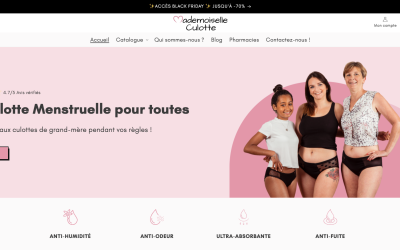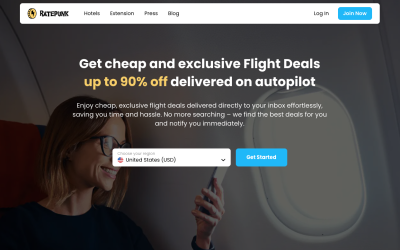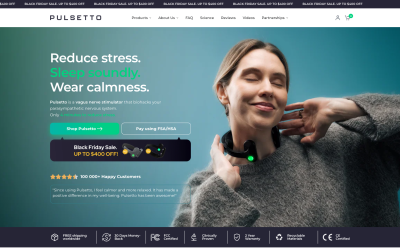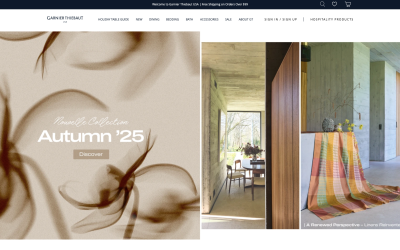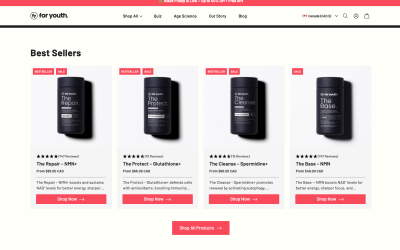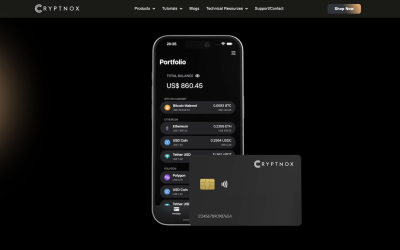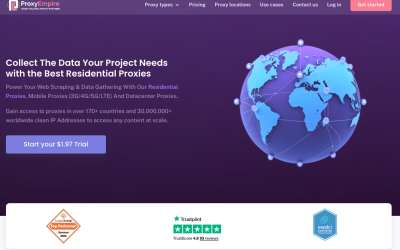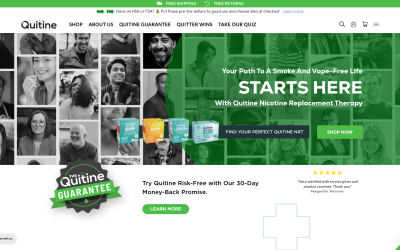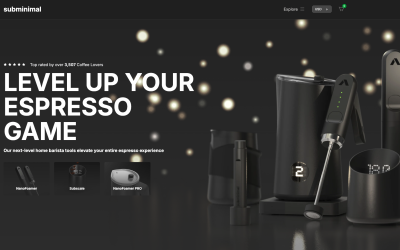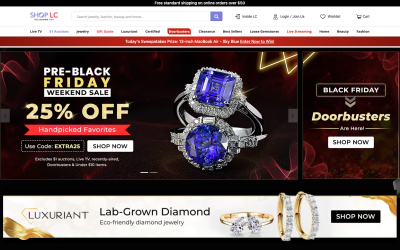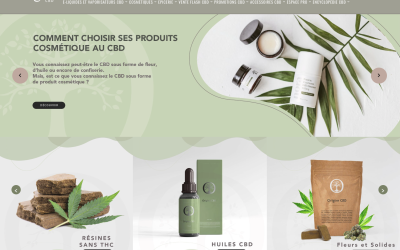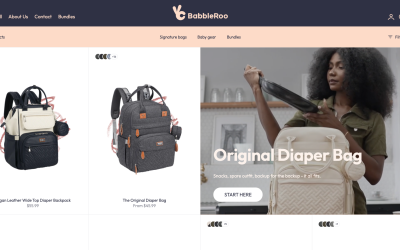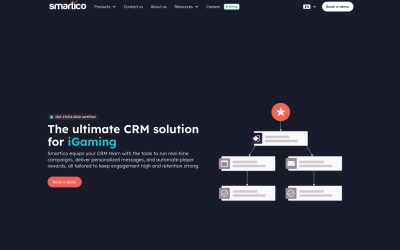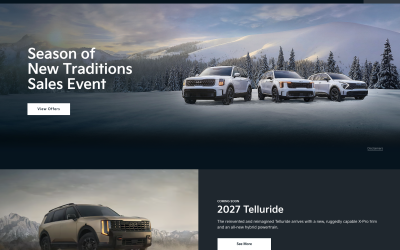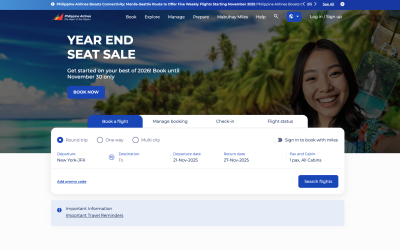This article examines the potential of Google’s WebP image format to enhance website performance.
It explores WebP’s advantages, including improved page load speed and user experience, and its role in optimizing Largest Contentful Paint.
The article also provides insight into WebP implementation, conversion from other formats, and browser compatibility, discussing fallback options for unsupported browsers.
Despite limited support in some browsers, WebP’s compatibility with widely used platforms like Google Chrome makes it a valuable tool for website optimization.
Sure, here is your text with the internal links added:
Key Takeaways
- WebP is a next-gen image format developed by Google that provides lossless and lossy compression.
- Implementing WebP can result in smaller image sizes, improving page load speed and user experience.
- WebP allows for both lossless and lossy compressions, making images up to 34% smaller than JPEGs.
- While most browsers support WebP, Safari and Internet Explorer do not, so it’s important to provide a fallback image for these browsers.
Rankstar – A Valuable SEO Partner for Your Business
→ Ready to supercharge your website’s SEO performance?
Explore the advantages of the WebP image format and unlock the potential for faster loading, better rankings, and improved user experiences with RankStar. Discover how this innovative image format can transform your website. Dive into the future of SEO with WebP!
We are also here to propel your brand to the summit of search rankings, ensuring its outstanding prominence in both Autocomplete Suggestions and Autosuggest Removal when in need.
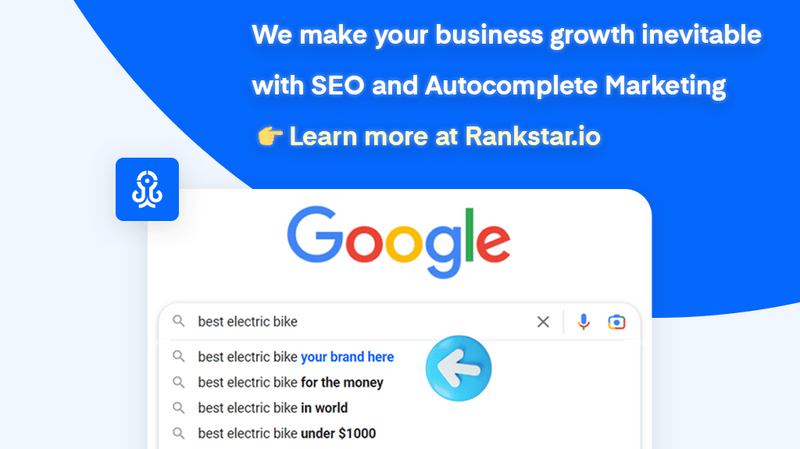
Understanding WebP Image Format
WebP, a next-generation image format developed by Google, offers significant advantages in terms of compression, transparency, and animation support, thereby enhancing website performance.
Capable of providing both lossless and lossy compression, WebP images are, on average, 26% smaller than their PNG counterparts when compressed losslessly, and 25-34% smaller than comparable JPEG images when compressed lossily.
This reduction in size can have a substantial impact on page load speed, a crucial factor in user experience and search engine optimization.
Furthermore, WebP’s support for animation and alpha transparency allows for complex, dynamic imagery without the need for additional file formats.
Despite these benefits, it’s crucial to consider the potential impact on image quality and compatibility with different browsers before implementation.
Advantages of Using WebP
While understanding the technicalities of WebP is crucial, it’s equally important to acknowledge the numerous advantages this image format brings to website performance and user experience. WebP’s primary benefit is its superior compression algorithms, which significantly reduce image file sizes without compromising quality. This results in faster page load times, enhancing overall user experience and potentially improving search engine rankings. Additionally, the format supports both lossless and lossy compressions, providing flexibility based on image requirements.
Here is a snapshot of WebP’s advantages:
| Advantage | Description | Impact |
|---|---|---|
| Superior compression | Smaller file sizes without quality loss | Faster page load times |
| Lossless and Lossy support | Flexible compression options | Tailored image optimization |
| SEO benefits | Faster load times can improve SEO | Higher search engine rankings |
WebP’s advantages clearly outline its potential in improving website performance.
How to Implement WebP
Implementing WebP image format on your website requires a strategic approach and understanding of your site’s current image sizes and quality requirements. This process can be broken down into three main steps:
- Audit your website images: Find out the current sizes of your images and categorize them based on their quality requirements.
- For high-quality images, lossless compression would be suitable.
- For thumbnails or logos, lossy compression can be used.
- Convert images to WebP: Use tools like Google’s libwebp or online converters to change your PNGs and JPEGs into WebP.
- Implement browser fallbacks: Not all browsers support WebP. Ensure you have fallback images for browsers like Safari and Internet Explorer.
Conversion Process: JPG/PNG to WebP
Transitioning from the implementation strategy, the image conversion process is a critical step in optimizing your website with the WebP format.
Google’s library, libwebp, provides command-line tools like ‘cwebp’ for converting JPG/PNG images to WebP. To revert WebP images back to the original format, use the ‘dwebp’ tool.
For a more streamlined workflow, consider plugins like the WebPShop Plugin for Adobe Photoshop or Optimole for WordPress. Online converters, such as online-convert.com or the Imagemin WebP plugin, offer a straightforward interface for quick conversions.
Carefully consider the appropriate compression method—lossless for detailed images and lossy for thumbnails and logos—to maintain image quality while enhancing load speed.
Always test the result to ensure the conversion process doesn’t compromise visual fidelity.
Tools for WebP Conversion
In order to effectively convert your images to the WebP format, there are several tools at your disposal that can streamline this crucial process.
- Command-line tools: Google’s libwebp offers a suite of utilities including cwebp for image conversion and dwebp for decoding.
- cwebp: Convert JPEG or PNG images to WebP.
- dwebp: Decode WebP images back to JPEG or PNG.
- Plugins: For seamless integration into your workflow, consider plugins such as WebPShop Plugin for Adobe Photoshop or Optimole for WordPress.
- Online Converters: If you prefer a more straightforward approach, online-convert.com and Imagemin WebP plugin offer user-friendly interfaces and quick results.
These tools are engineered to promote efficiency, ensuring high-quality WebP conversions without compromising on image quality.
Browser Compatibility for WebP
Approximately 95% of the global browser market currently supports the WebP image format, including popular browsers such as Google Chrome and Firefox. This wide adoption is indicative of the format’s efficiency in image compression and speed in loading times.
However, noteworthy exceptions to this compatibility include Apple’s Safari and Microsoft’s Internet Explorer. It’s crucial to account for these outliers when implementing WebP, especially considering Safari’s significant usage on mobile devices.
A common practice is to provide a fallback option, such as a JPEG or PNG image, that can load in the case of WebP incompatibility. Strategically, this ensures a seamless user experience across all browsers while maximizing the benefits of WebP where possible.
WebP Support Across Various Browsers
Often, when considering the implementation of WebP format for your website, it is essential to understand its support across various browsers.
- Google Chrome, Firefox, and Edge fully support WebP. These browsers make up a significant portion of the global browser market share.
- For instance, Chrome alone, as of 2021, holds 65% of the global browser market share.
- Mozilla Firefox, another popular browser, also fully supports WebP, enhancing your website’s performance for its users.
- Safari and Internet Explorer lack full WebP support, but fallbacks exist.
- Safari only started partial support from version 14 onwards.
- For Internet Explorer, you can provide a JPEG or PNG fallback to ensure no loss in user experience or SEO.
Understanding WebP’s cross-browser support will help you strategically optimize your website’s performance.
Fallback Options for Non-WebP Browsers
Understanding the necessity of fallback options is crucial for ensuring optimal user experience on browsers that do not support WebP. Developers can implement a solution to automatically serve JPEG or PNG images for browsers like Safari and Internet Explorer. HTML5’s picture element often serves as an effective tool for this. It allows the browser to choose from multiple sources and types of images, selecting the first one it can successfully render.
Here’s an example of its implementation:
| HTML Code | Explanation |
|---|---|
<picture> | Picture element starts |
<source srcset="image.webp" type="image/webp"> | Browser tries to load WebP |
<img src="image.jpg"> | Fallback to JPEG |
</picture> | Picture element ends |
This approach ensures seamless user experience across all browsers without compromising site performance.
Frequently Asked Questions
What Is the History and Development Process of the Webp Image Format?
The WebP image format, developed by Google, emerged in 2010 as an innovative solution for image compression. Its development involved creating algorithms for lossless and lossy compression, enhancing web performance, and optimizing SEO results.
Are There Any Notable Websites or Platforms That Have Seen Significant Improvements After Implementing Webp?
Significant website performance improvements have been observed by platforms such as YouTube, Google Play, and Facebook upon implementing WebP. Enhanced loading speeds and SEO benefits were key factors of these positive outcomes.
Are There Any Potential Drawbacks or Limitations of Using Webp Format?
Potential drawbacks of using WebP format include limited browser compatibility, specifically with Safari and Internet Explorer. Additionally, WebP images may appear differently on various screens, affecting visual consistency across different devices.
How Can I Check if My Current Website Images Are in Webp Format?
You can check if your website images are in WebP format by inspecting the image file extension in your website’s source code or by using a tool like Chrome’s Developer Tools to view the image’s MIME type.
Are There Any Mobile Browsers That Support the Webp Format?
Yes, several mobile browsers support the WebP format. These include Google Chrome, Firefox, and Opera for both Android and iOS devices. However, Apple’s Safari browser does not currently support this image format.
Conclusion
In conclusion, the WebP image format, a product of Google, holds remarkable potential for enhancing website performance through its superior compression capabilities.
Its adoption can optimize critical web metrics, notably LCP, thereby augmenting user experience and SEO.
Despite issues with browser compatibility, particularly Safari and Internet Explorer, the format’s benefits outweigh its drawbacks.
Therefore, careful implementation, using the right conversion tools, can significantly leverage the potential of WebP in website optimization.
